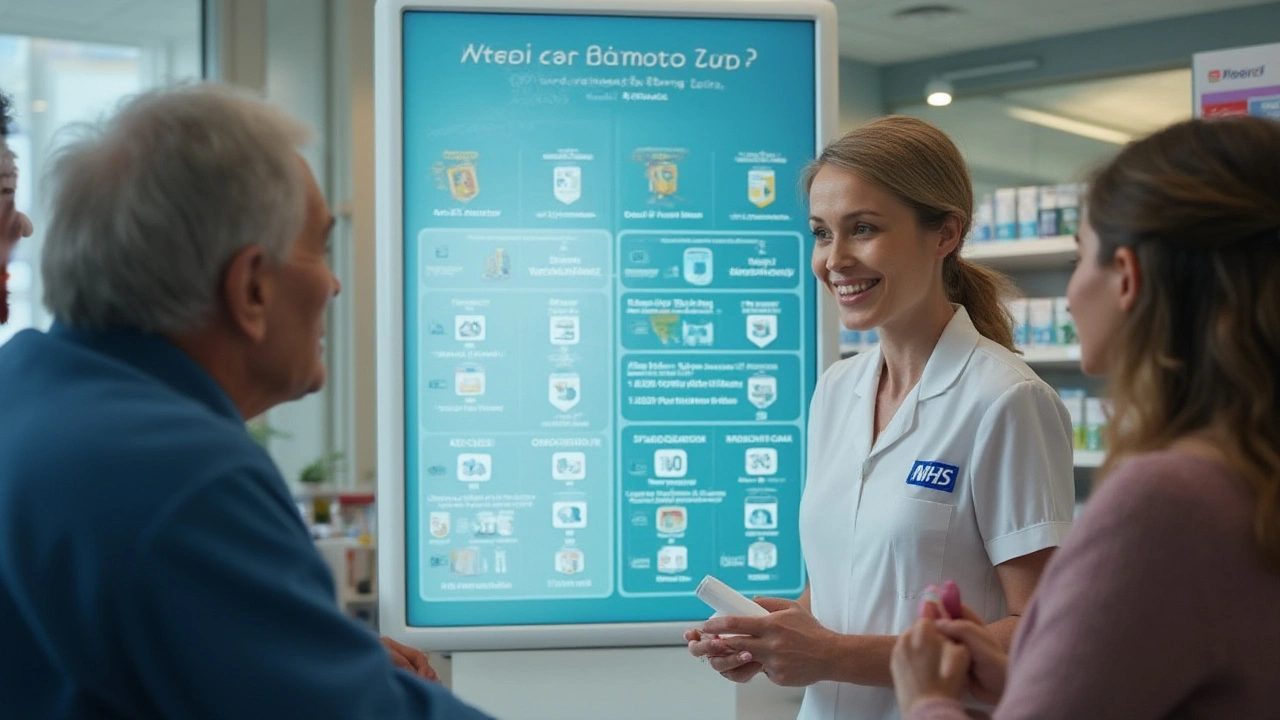COPD medications — what helps you breathe easier
If COPD limits your daily life, the right medicines can ease breathlessness, reduce flare-ups, and help you stay active. This page breaks down the main drug types, common brand names you’ll hear, and practical tips so your meds actually work when you need them.
Main drug classes and examples
It helps to think of COPD meds in two groups: quick relief and long-term control.
Short-acting bronchodilators (rescue): used for sudden breathlessness. These include short-acting beta2-agonists (SABA) like albuterol/salbutamol (Ventolin) and short-acting anticholinergics like ipratropium. Keep one handy at all times.
Long-acting bronchodilators (daily control): reduce symptoms and exacerbations. Long-acting beta2-agonists (LABA) include salmeterol and formoterol. Long-acting muscarinic antagonists (LAMA) include tiotropium and glycopyrronium. Many people use a LABA + LAMA combo inhaler for better symptom control.
Inhaled corticosteroids (ICS): decrease airway inflammation and are often combined with LABA when exacerbations continue. Examples: fluticasone and budesonide. ICS help some patients but can raise pneumonia risk, so doctors balance benefits and risks.
Combination inhalers: ICS/LABA (e.g., fluticasone + salmeterol) or LABA/LAMA combos simplify treatment and improve adherence.
Oral meds and others: Prednisone or prednisolone are short-term oral steroids for flare-ups. Roflumilast (a PDE4 inhibitor) is a pill used in certain patients with chronic bronchitis and frequent exacerbations. Mucolytics like N-acetylcysteine may help with heavy phlegm.
How to use COPD meds safely and get the most benefit
Start with a plan from your doctor. Here are practical steps that make a big difference:
Master inhaler technique. Most inhalers fail because they’re used wrong. Ask your nurse or pharmacist for a demo. Use a spacer with metered-dose inhalers if you struggle with coordination.
Rinse after steroid inhalers. Spit and rinse your mouth after using ICS to cut the risk of thrush.
Keep a rescue inhaler ready. Even with daily controllers, always carry your SABA and know when to use it.
Watch for side effects. Common ones: dry mouth or urinary issues with anticholinergics, tremor or fast heartbeat with beta agonists, and increased risk of pneumonia with ICS. Report new problems to your clinician.
Track flare-ups and refills. If you need steroids or antibiotics often, ask whether your regimen needs changing. Refill inhalers before they run out and check expiration dates.
Quit smoking and get vaccinations. Stopping smoking is the single best step to slow COPD. Annual flu shots and pneumococcal vaccination lower your risk of severe infections.
If you’re unsure which inhaler is right, or if symptoms worsen despite treatment, contact your healthcare provider. Small changes in medication or technique often improve breath and quality of life quickly.

Breo vs. Symbicort: Comparing Best Inhalers for Asthma and COPD
- by Colin Edward Egan
- on 17 Jul 2025
Breaks down Breo and Symbicort: real differences in ingredients, daily use, and side effects. Detailed, clear, and full of helpful tips for better breathing.
